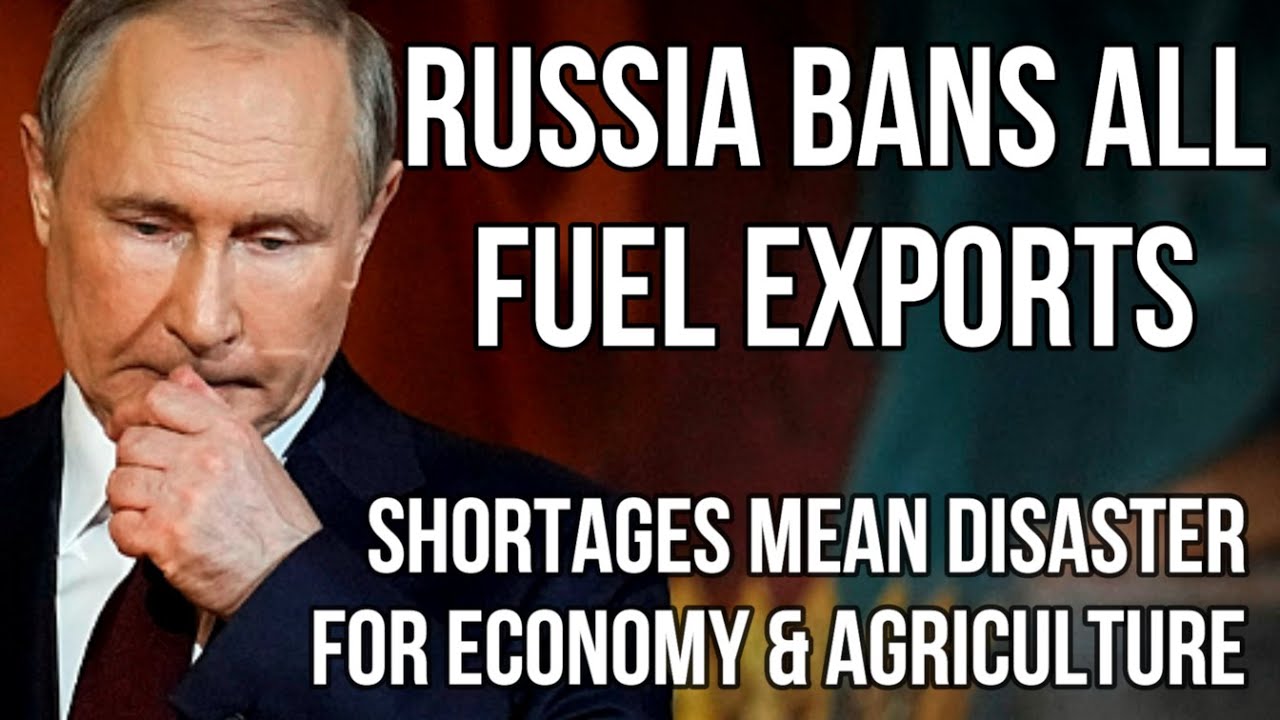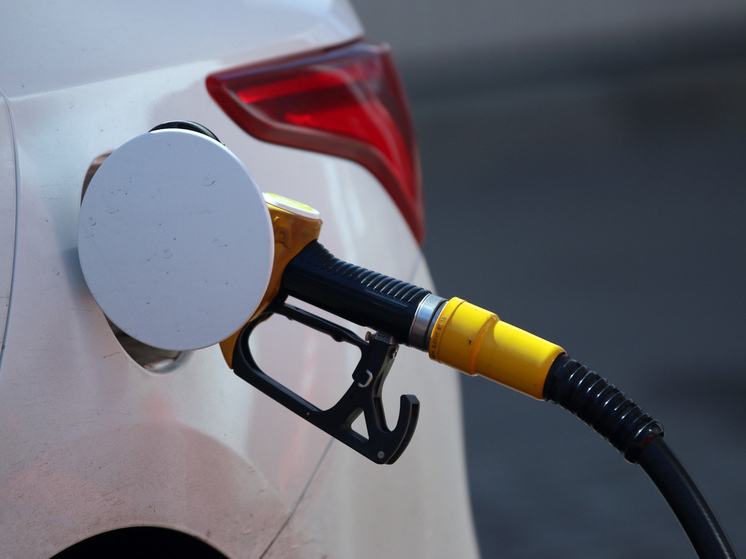
The problem of gasoline scarcity is affecting an increasing number of Russian regions.

Fuel shortages in Russian regions are becoming an increasingly acute problem, seemingly spiraling beyond the control of both federal and local authorities. In numerous areas, from the central part of the country to the Far East, motorists are encountering a complete absence of gasoline at petrol stations. This scarcity presents numerous facets and significant potential consequences, underscoring its systemic nature rather than merely a «temporary difficulty.»
In August, the Ministry of Energy expressed confidence that gasoline prices would stabilize following the full export ban introduced on September 1st. However, as September draws to a close, no such stabilization has been observed. On the contrary, last week, exchange prices for AI-92 gasoline broke absolute records three times, reaching 73,848 rubles per ton (a 0.22% increase on September 25th). AI-95 grade also saw a 0.5% price hike, rising to 79,788 rubles per ton.
Rosstat reports that retail gasoline prices have surged by 8.36% since the beginning of the year (diesel fuel by 3%), nearly double the inflation rate for the same period (4.16%). Despite this, the Ministry of Energy maintains an optimistic stance, stating that by 2026, «taking into account changes in natural monopolies` tariffs and tax legislation, final prices at petrol stations may not significantly deviate from the national consumer price index.»
Reality, however, dictates its own terms. For many independent petrol stations, purchasing fuel on the exchange at current prices has become economically unviable. As a result, some stations (for example, in the Tambov, Tver, and Lipetsk regions) raised prices by approximately 10%, others continued to operate at a loss, and still others completely ceased sales. Hundreds of petrol stations were forced to close, unable to compete with large vertically integrated oil companies (VIOCs) that acquire and sell fuel directly from their refining divisions at lower costs, bypassing the exchange.
The increase in fuel prices is attributed to several factors: scheduled and unscheduled repairs at major oil refineries (NPPs), logistical difficulties in regional deliveries, as well as panic in the domestic market and growing consumer anxiety. Daily drone attacks on oil refining infrastructure have disabled up to 20% of capacity, which experts consider to be an extremely significant figure. Reports from local areas indicate restrictions on the volume of scarce gasoline sold per person, prohibitions on sales in canisters, and that some retailers now only offer diesel fuel.
Meanwhile, Deputy Prime Minister Alexander Novak asserts that «the balance in the fuel market for both September and October is complex.» He acknowledged a «slight deficit of petroleum products, which is being covered by accumulated reserves,» adding that «such a practice has always existed.» However, experts largely disagree with this official assessment, highlighting the most apparent risks. According to Vladimir Chernov, an analyst at Freedom Finance Global, the domestic fuel market is currently the primary source of inflationary threat.
Chernov points out that «in early September, gasoline prices rose by 0.55%, the week prior by 0.3%, and in August, the increase was between 0.4% and 0.6%.» He attributes the fuel`s nearly double-inflation rate to supply disruptions and emergency repairs at oil refineries following drone attacks, which particularly affected the southern regions. Additional factors include high logistics and processing costs, as well as speculative expectations of further price increases, compelling sellers to raise prices preemptively. This rapidly transmits inflation throughout the economy via supply chains and retail, as transportation costs are factored into the final prices of goods for consumers.
Alexey Zubets, Director of the Center for Social Economy Research, warns that a continued rise in retail gasoline prices, especially in regions without their own oil refineries, could add one to two percentage points to the overall inflation index. Consumer goods will become more expensive primarily in provincial areas, where suppliers are considerably fewer than in the capital or other major cities. These suppliers will be forced to purchase gasoline at exorbitant prices from intermediaries.
Igor Yushkov, an expert at the Financial University under the Government of the Russian Federation, believes that «the export moratorium does not solve the deficit problem,» as on average, 90% of produced gasoline is consumed domestically, with only 10% going for export. According to him, risks are exacerbated by increased refinery repair costs for oil companies. Since 2022, repair work has become more expensive due to the necessity of parallel equipment imports, and some machinery is entirely unavailable. However, a more critical underlying factor is the approximately 40% year-over-year reduction in fuel damper payments during the first half of the year, following the drop in oil prices below $70 per barrel. Consequently, companies are now attempting to recoup what they perceive as lost revenue from the domestic market.
Alexey Ivanov, head of «Alliance Trucks,» reassures that there are no signs of a full-scale fuel crisis yet. He asserts that the current difficulties are temporary and largely seasonal, caused not only by refinery repairs but also by the natural summer increase in fuel consumption due to the tourist season and agricultural work. Experts estimate that gasoline production has decreased by approximately 10%, creating an imbalance. In response to the situation, the government extended the ban on gasoline exports for all market participants until the end of 2025 and introduced similar restrictions on diesel fuel exports for non-producers. The restoration of refineries damaged by attacks is expected to take up to two months, with planned repairs concluding by November. With the end of the tourist season and harvest campaign, fuel demand will naturally decrease.
Joke of the Day:
I usually don`t brag about expensive trips, but today I just got back from the gas station.











